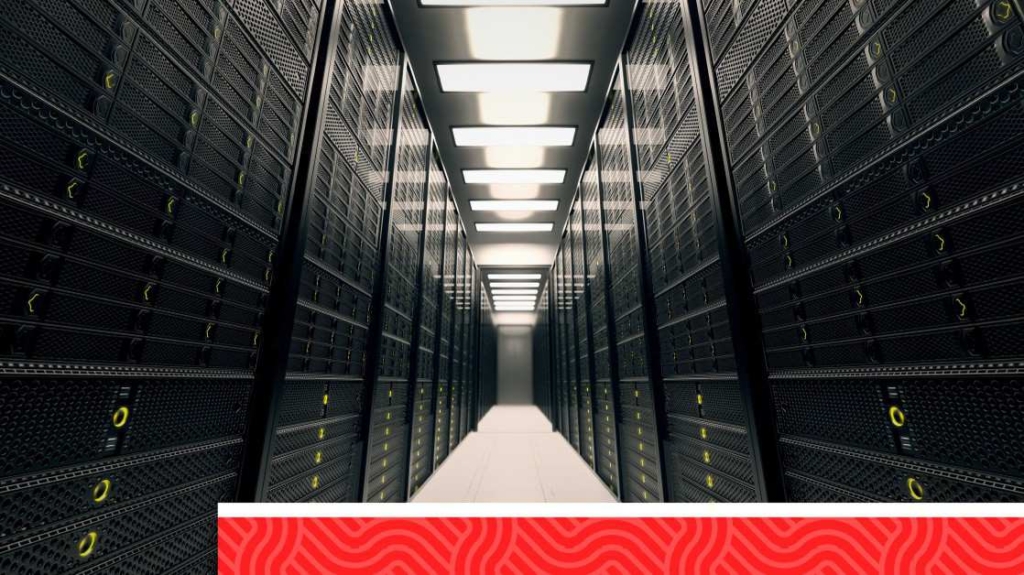3 Ways to Grow Your Server Room with Your Business

If all goes well, there's a certain point when small companies turn into medium-sized companies. And medium companies turn into large companies. With business growth, you'll need to also account for network growth, potentially with new services and servers. As HR figures out where to put the new desks, you might end up in the server room scratching your head. That's fine.
With any type of growth, you have a strong case for an increased budget and authorization to buy new equipment. It's might also be a good time to hit reset on the cabling situation, replace those old UPCs, and maybe move the Christmas tree out of the server room, too.
Here are some things to keep in mind when it comes to growing your server room with your business.
Keep the Cables Tame and Clean
Growing your server room (or cabinet) probably means more racks, switches, and wires. Oh, joy, more wires. If you already have processes in place that keep your server room as neat and organized as possible, then great. If not, it might be a good time to think about a server room cleanup project. Schedule downtime and get in there to sort out the mess.
In case you were wondering, yes, cleanliness does matter in a server room. In the IT Expertise Nugget Rack and Stack, Jeremy says he can walk into a server room and tell immediately what he's dealing with by how the cables appear. "If you see a messy server room; chances are very good that the configuration and management of that network will also be very messy."
Growth is a good thing. At the very least because you can start over from scratch, redesign your network, and put the fundamental cable management processes you learned in Network+ and CCNA into practice.
Things are Heatin' Up
As your business (and server room) grows, you might need to start thinking about better heat dissipation methods. A single MDF in a wall mount pumps out some heat, but not nearly as much heat as an 18U cabinet with twelve 1U servers blasting into an unventilated room. Know your space and plan accordingly.
In the best case scenario, you'll have a dedicated space with air conditioned, self-enclosed racks, maybe water-cooled systems, or maybe ventilation from a raised floor. There are plenty of bells and whistles for a serious rack. However, we understand that you sometimes have to work with what your budget allows. At the very least, growing your server room should mean perhaps moving to a place with appropriate ventilation and an ample cooling system so the room doesn't reach a unit-frying 90-degrees Fahrenheit. (And, yes, that's high. Most servers don't like temperatures above the temperatures comfortable for a human being.)
But, how much AC or ventilation?
Take into account the wattage your servers will be pulling. Math tells us that 1 watt hour is equal to about 3.14 BTU per hour. So, if you have 12 1U servers with a max draw of 250 watts, then you'd better have cooling power equal to 9,420 BTU per hour. Oh, and then take into consideration the lights, accessories, and AC itself. You're probably looking at a cool 10,000.
At the very very least, keep your servers clear of clutter to keep your server room from going up in smoke. (Speaking of disasters, do you have a new Disaster Recovery Plan?) An efficient cooling system and proper ventilation will help keep your server room growing with your business and never slow you down.
You Have the Power
Finally, don't fry your new equipment when you power it up. Servers, NASs, and those couple spare PCs at the back of the rack are drawing serious wattage. As you well know, they're much more delicate than we'd like to admit.
Use the wattage from your AC calculation above to help you select the right UPS and number of UPS units you need. You don't need to do much math for this part. Add up the watts that each of your devices uses at full load, factor in gear you might add in the future, and round up a couple hundred to give yourself a buffer. Done.
Servers draw a lot of wattage, but not a lot of amperage, so you'll probably be good with the standard 15 amp wall plug (in the United States). To measure your full-load capacity, check the specs on your equipment for its full energy consumption load and then multiply the by the number of devices.
If you have 12 1U servers, each drawing 1.5 amps at full load, then you'll be drawing 18 amps. You'll probably only want to load a single outlet to 80 percent capacity, so plan accordingly.
As your company grows, your server room should grow as well. As your server grows, you might want to train with CBT Nuggets networking expert Jeremy Cioara in his new IT Expertise series, which helps close the gap between network certification training and real-world application of skills.
delivered to your inbox.
By submitting this form you agree to receive marketing emails from CBT Nuggets and that you have read, understood and are able to consent to our privacy policy.